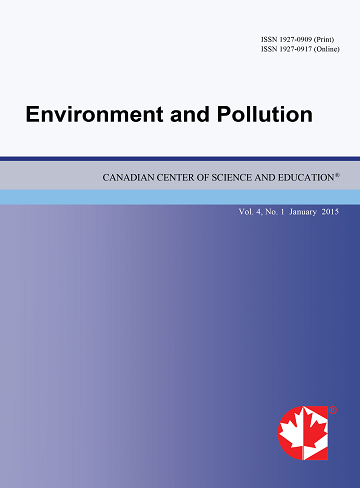Radon Concentrations in Various Indoor Environments and Effective Doses to Inhabitants in Korea
- Cheol Min Lee
- In Suk Sim
- Yong Sung Cho
- Gee Yong Park
- Yoon Shin Kim
- Sun Ju Nam Goung
- Young Kyung Joo
Abstract
The objective of this study is to offer basic scientific data to support policy decision-making for the improved control of radon and natural radiation gases in Korea, and to provide baseline data on radon for use in cooperative international research. Therefore, this study collected and re-analyzed articles on radon exposure in various indoor environments in Korea that were published in environmental journals since 1980, and estimated the annual exposure and effective radon doses for inhabitants. Among the various indoor environments, the highest pooled average radon concentration of 50.17 ± 4.08 Bq/m3 (95 % CI: 42.17-58.17 Bq/m3) was found in homes. All of the pooled average radon concentrations estimated in this study were lower than the guideline concentration (148 Bq/m3) recommended by the U.S. EPA and the Korean Ministry of Environment. The annual effective dose received by inhabitants in various indoor environments was estimated to be 1.071 mSv/yr. This is comparable to the annual radon exposure effective dose (1.0 mSv/yr) estimated by UNSCEAR.
- Full Text:
 PDF
PDF
- DOI:10.5539/ep.v1n1p55
Journal Metrics
Index
- Academic Journals Database
- Berkeley Library
- CAB Abstracts
- CAS (American Chemical Society)
- CNKI Scholar
- COPAC
- CrossRef
- DTU Library
- Elektronische Zeitschriftenbibliothek (EZB)
- EuroPub Database
- Excellence in Research for Australia (ERA)
- Genamics JournalSeek
- Google Scholar
- Harvard Library
- Infotrieve
- Jisc Library Hub Discover
- JournalGuide
- JournalTOCs
- LOCKSS
- Max Planck Institutes
- Mir@bel
- PKP Open Archives Harvester
- Pollution Abstracts
- Publons
- Pubmed journal list
- ROAD
- Scilit
- SHERPA/RoMEO
- Standard Periodical Directory
- Stanford Libraries
- UCR Library
- Ulrich's
- UniCat
- Universe Digital Library
- UoS Library
- WorldCat
- Zeitschriften Daten Bank (ZDB)
Contact
- Albert JohnEditorial Assistant
- ep@ccsenet.org
